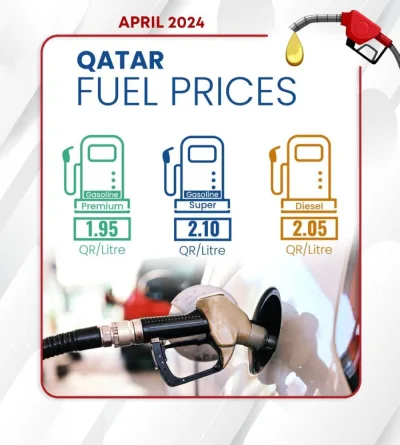Shoppers carry their purchases along Broadway in New York City. US consumer prices fell for the first time in nearly 1-1/2 years in August and underlying inflation pressures were muted, which could lessen the urgency for the Fed to raise interest rates.
Reuters
The US consumer prices fell for the first time in nearly 1-1/2 years in August and underlying inflation pressures were muted, which could lessen the urgency for the Federal Reserve to raise interest rates.
The Labor Department said yesterday its Consumer Price Index dropped 0.2% last month as a broad decline in energy prices offset increases in food and shelter costs.
It was the first decrease since April last year and followed a modest 0.1% gain in July. Economists had expected consumer prices would be flat in August.
“There is still enough slack in the economy to keep a tight lid on price increases, which should support the view of those within the Fed arguing in favour of patience before the first rate hike,” said Anthony Karydakis, chief economic strategist at Miller Tabak in New York.
Concerns at the Fed that inflation was running too low had abated in recent months, but the CPI data suggested a quickening of inflation during the spring may have run its course.
The CPI increased 1.7% in the 12 months through August, the smallest advance in five months, while a core index that strips out food and energy prices was up by the same amount, marking a slowdown from July’s 1.9% gain.
Month-on-month, the core index was unchanged for the first time since October 2010.
The Fed targets 2% inflation and tracks an index that is running even lower than the CPI.
Many economists think the central bank could raise interest rates as soon as next June, while interest rate futures point to July for the first rate hike. It has kept benchmark overnight lending rates near zero since December 2008.
The dollar was steady against a basket of currencies, while prices for US government debt rose marginally on the data. US stocks were trading slightly higher.
While the economy appears to be on sustainable growth path, anaemic wage growth is dampening price pressures. Average hourly earnings adjusted for inflation rose 0.4% in August. Even so, they have risen only by that same amount over the past year. A second report showed homebuilder sentiment hit a near nine-year high in September, with builders reporting a sharp pickup in buyer traffic since early summer. The surge in confidence underscores the economy’s firming fundamentals.
The upbeat housing report, and better-than-expected earnings from homebuilder Lennar Corp, pushed up housing stocks, which were solidly outperforming the broader market. The S&P homebuilding index was up 4.7%.
“While an inflationary surge is not in the offing, with the economy continuing to recover in the second half, there is a better than even chance for a modest acceleration in inflation,” said Steve Blitz, chief economist at ITG in New York.
In August, energy prices fell for a second straight month, recording their biggest decline since March 2013. There were broad declines in energy prices, with the cost of gasoline falling by the most since April last year.
Food prices rose 0.2% after advancing 0.4% in July as the effects of a drought in California lingered. A second straight month of sharp declines in airline fares dampened the core CPI. Falling apparel and used car prices also weighed. Recreation prices recorded their largest drop since December 2009, while household furnishings declined and college tuition and fees saw their biggest fall in almost 27 years.
While rents increased, the pace moderated a bit from July. Prices for alcoholic beverages posted their largest increase since January 2007.



